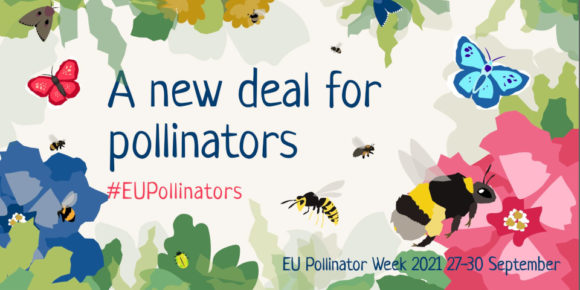Exploring the risk of microplastics to pollinators: focusing on honey bees
The rapid increase in global plastic production and usage has led to global environmental contamination, with microplastics (MPs) emerging as a significant concern. Pollinators provide a crucial ecological service, while bee populations have been declining in recent years, and MPs have been recognized as a new risk factor contributing to their losses. Despite the pervasive…












